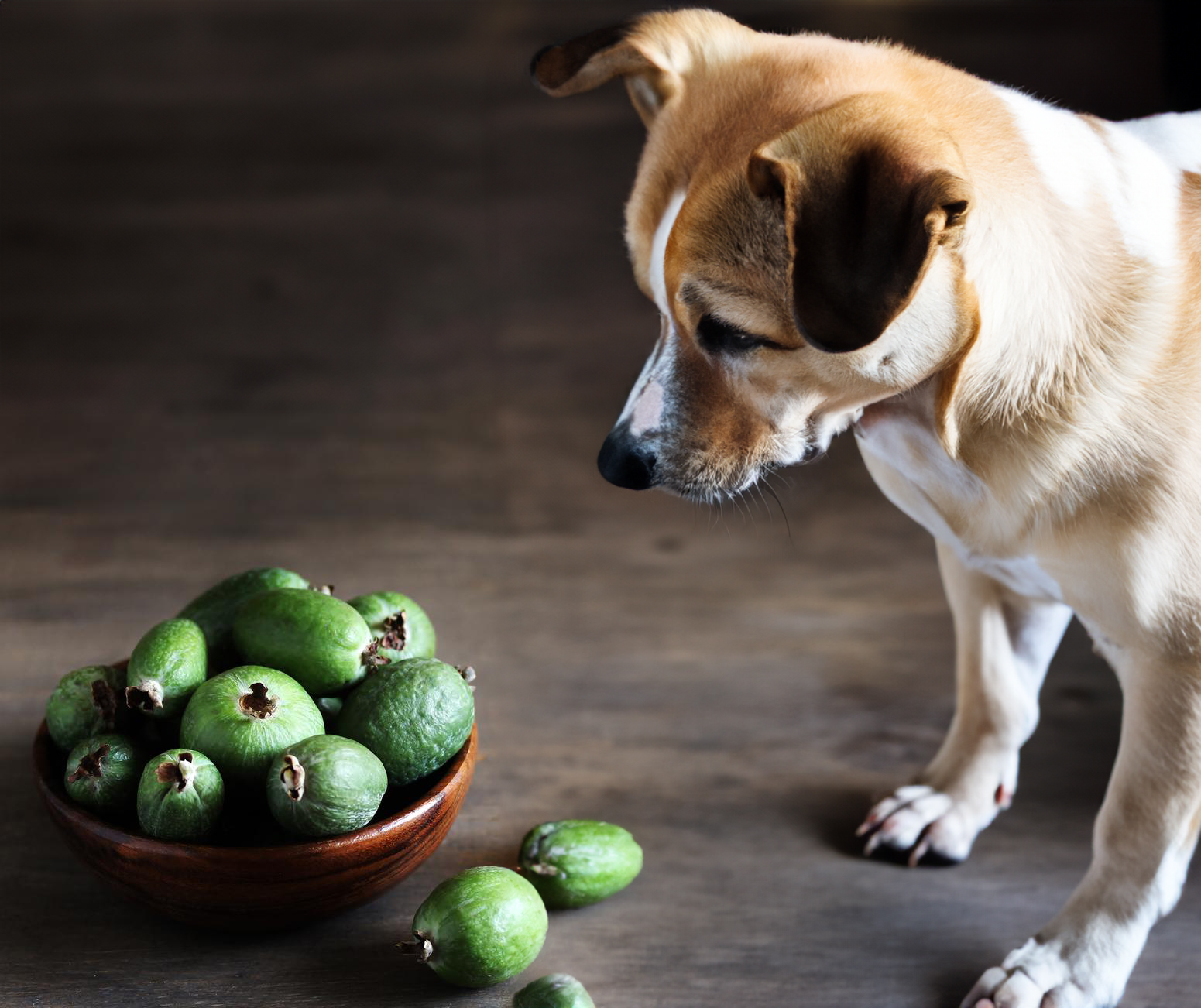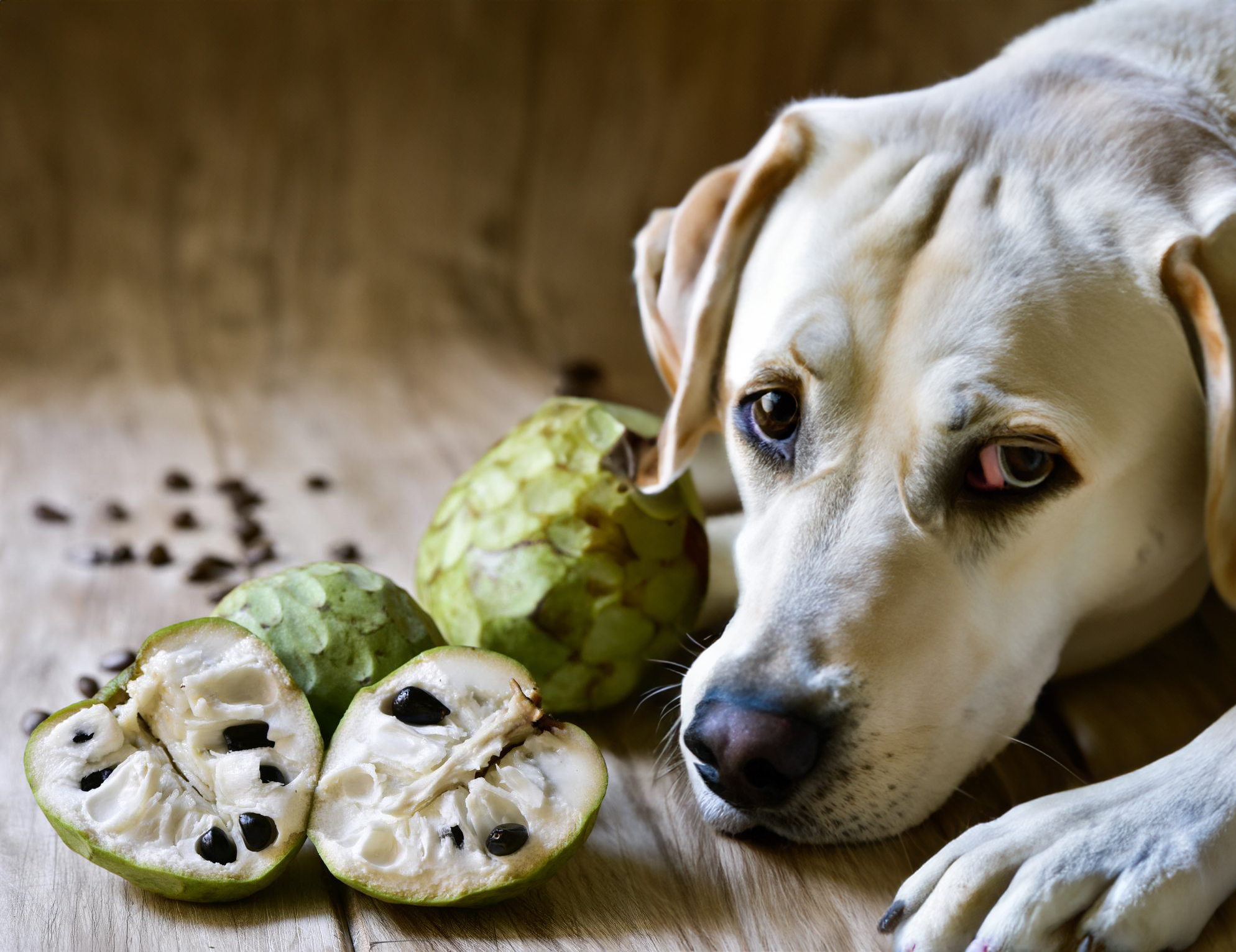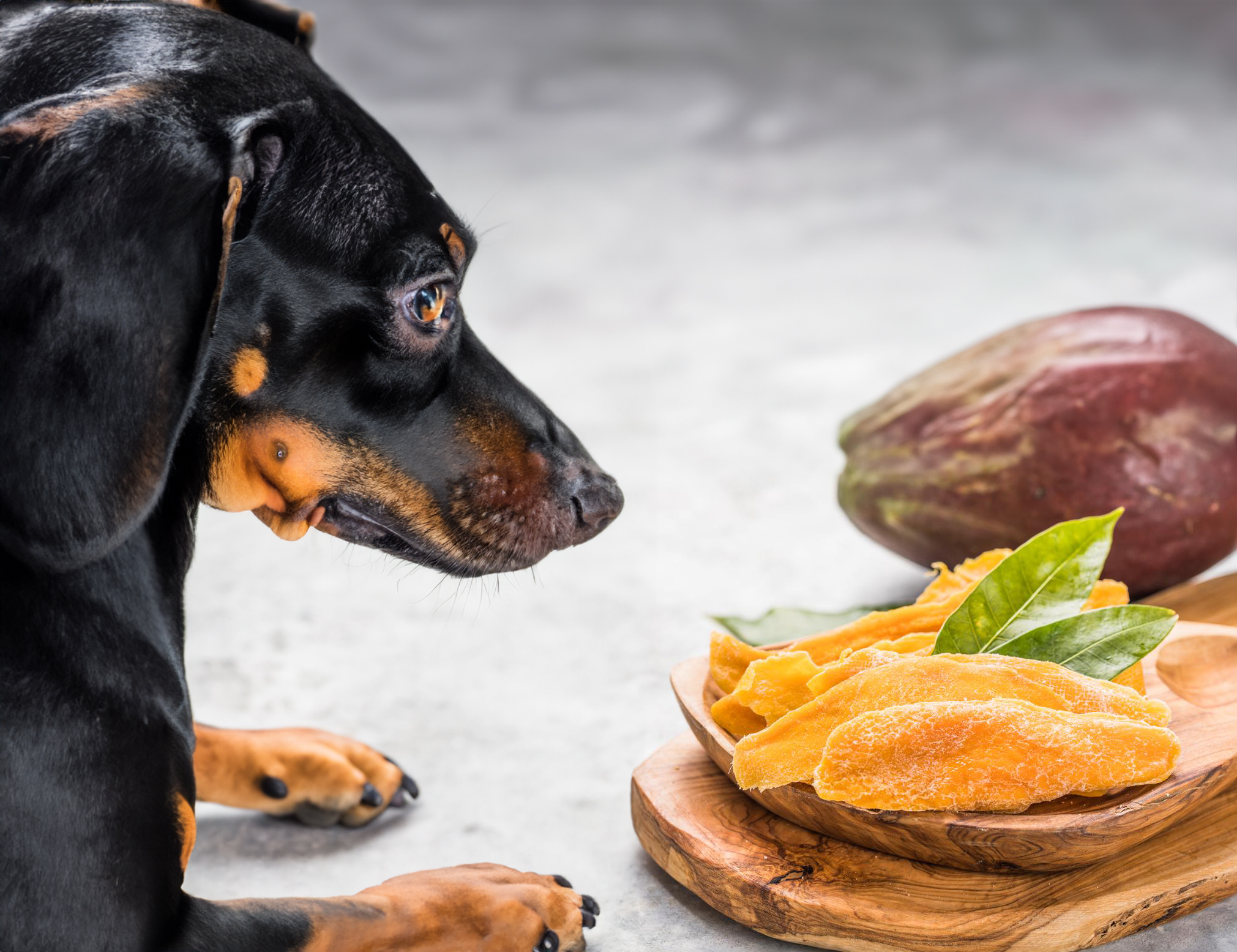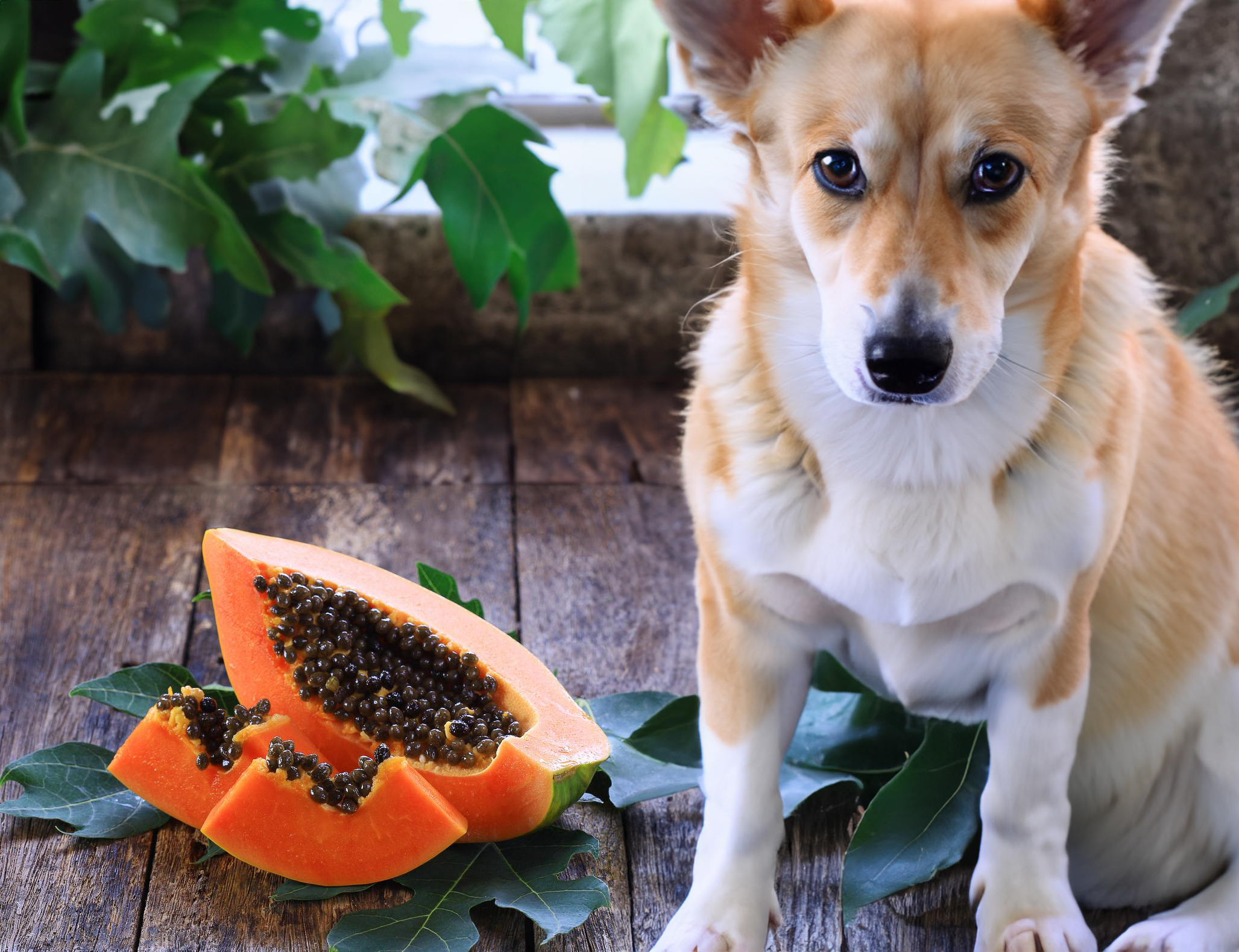If you’re asking yourself, “Can dogs eat peaches?”, the short answer is yes. But before you let Fido indulge in this juicy and delicious fruit, it’s important to understand how peaches can affect your pup. In this blog post, we’ll explore the health benefits and potential risks associated with feeding peaches to your dog, so you can make an informed decision on whether it’s a snack worth offering Fido.
What are peaches?
Peaches are a sweet and juicy fruit that belongs to the Prunus genus, which includes fruits like plums and cherries. They are native to China but have become popular in many parts of the world due to their delicious taste and nutritional benefits.
Peaches have a distinctive round shape and a soft, fuzzy skin that comes in various shades of red, yellow, and orange. Inside, they have a juicy, golden flesh that is known for its sweet and tangy flavor. They are also packed with essential vitamins and minerals, such as vitamin C, vitamin A, potassium, and fiber.
Peaches are not only tasty for humans but can also be a refreshing treat for dogs. However, it’s important to note that dogs should only eat ripe peaches without the pits or stems. The pits contain small amounts of cyanide, which can be harmful to dogs if consumed in large quantities. It’s best to remove the pit and cut the peach into small, bite-sized pieces before offering it to your furry friend.
Now that you know what peaches are, let’s explore whether dogs can safely eat them.
Can dogs eat peaches?
Yes, dogs can eat peaches, but there are a few things to consider before feeding them to your furry friend. Peaches can be a healthy and tasty treat for dogs, as they are low in calories and packed with essential vitamins and minerals. The sweet and juicy flesh of a ripe peach can provide dogs with a boost of vitamin C, which supports their immune system, and vitamin A, which promotes healthy vision.
However, it’s important to remember that dogs should only consume ripe peaches without the pits or stems. The pits contain small amounts of cyanide, which can be toxic to dogs if ingested in large quantities. Therefore, it’s crucial to remove the pit and cut the peach into small, bite-sized pieces before offering it to your dog.
Additionally, it’s always a good idea to introduce any new food to your dog’s diet gradually and in moderation. Some dogs may have sensitivities or allergies to peaches, so it’s important to monitor their reaction and consult with your veterinarian if you have any concerns.
In the next sections, we’ll explore the potential health benefits and risks of feeding peaches to dogs, as well as how to safely incorporate them into their diet.
Potential health benefits of peaches for dogs
Peaches offer a range of potential health benefits for dogs when consumed in moderation. One of the key benefits is their high content of vitamin C. This essential nutrient plays a crucial role in supporting a dog’s immune system, helping to protect them against illnesses and infections. Vitamin C also acts as an antioxidant, helping to reduce inflammation and oxidative stress in the body.
In addition to vitamin C, peaches also contain vitamin A, which is important for maintaining healthy vision in dogs. Vitamin A promotes good eyesight and can help prevent conditions such as cataracts and night blindness.
Furthermore, peaches are a good source of dietary fiber, which can support a dog’s digestive health. Fiber aids in regulating bowel movements and can help prevent issues such as constipation and diarrhea.
The natural sugars in peaches can provide dogs with a boost of energy, making them a great choice for active and energetic pups.
Overall, peaches can offer dogs a range of potential health benefits, including immune support, improved vision, digestive health, and increased energy levels. However, it’s important to remember to feed peaches in moderation and always consult with a veterinarian before making any significant changes to your dog’s diet.
Potential risks of giving peaches to dogs
While peaches can be a tasty and nutritious treat for dogs, there are potential risks associated with feeding them to your furry friend. One of the main risks is the presence of pits in peaches. The pits contain small amounts of cyanide, which can be toxic to dogs if ingested in large quantities. Cyanide can cause symptoms such as difficulty breathing, increased heart rate, and even coma or death in severe cases.
Additionally, some dogs may have sensitivities or allergies to peaches. They may experience digestive issues such as upset stomach, vomiting, or diarrhea after consuming peaches. It’s important to monitor your dog’s reaction when introducing peaches into their diet and consult with your veterinarian if you notice any adverse symptoms.
It’s also worth noting that peaches are high in sugar, so they should be given to dogs in moderation. Excessive consumption of sugary fruits like peaches can lead to weight gain, dental issues, and even diabetes in some cases.
To ensure your dog’s safety, always remove the pit and cut the peach into small, bite-sized pieces before offering it to them. And as always, consult with your veterinarian before making any significant changes to your dog’s diet or introducing new foods.
How to safely feed your dog peaches
When it comes to feeding your dog peaches, there are a few safety precautions you should take. First and foremost, always remove the pit before giving a peach to your pup. As mentioned earlier, peach pits contain small amounts of cyanide, which can be toxic to dogs if ingested in large quantities. By removing the pit, you eliminate the risk of your dog accidentally consuming it.
Next, it’s important to cut the peach into small, bite-sized pieces. This makes it easier for your dog to chew and digest. It also reduces the risk of choking or gastrointestinal blockage.
If you’re introducing peaches to your dog for the first time, start with a small amount to see how they react. Some dogs may have sensitivities or allergies to peaches, so it’s important to monitor their response. If you notice any adverse symptoms like upset stomach, vomiting, or diarrhea, discontinue giving them peaches and consult with your veterinarian.
Lastly, remember to feed peaches to your dog in moderation. While peaches can offer health benefits, they are also high in sugar. Too much sugar can lead to weight gain and other health issues. As a general guideline, treats should make up no more than 10% of your dog’s daily calorie intake.
By following these safety tips, you can safely incorporate peaches into your dog’s diet and provide them with a delicious and nutritious treat.
Other fruits that are safe for dogs to eat
In addition to peaches, there are several other fruits that are safe and healthy for dogs to eat. Here are a few options you can consider offering as a tasty treat for your furry friend:
- Apples: Apples are a great source of vitamins A and C, as well as dietary fiber. Make sure to remove the seeds and core before giving apples to your dog.
- Blueberries: Blueberries are packed with antioxidants and are a great source of vitamins C and K. They can be fed fresh or frozen and make a delicious and healthy snack.
- Watermelon: Watermelon is a hydrating fruit that contains high levels of vitamins A and C. Just make sure to remove the seeds and rind before serving to your dog.
- Strawberries: Strawberries are low in calories and high in vitamins C and fiber. They make a great addition to your dog’s diet and can be fed fresh or frozen.
- Bananas: Bananas are a good source of potassium and can provide a quick energy boost for your dog. Just be sure to remove the peel before feeding.
Remember to introduce any new fruit slowly and in moderation. Monitor your dog for any adverse reactions and always consult with your veterinarian if you have any concerns.










